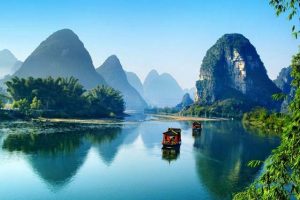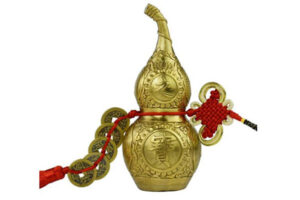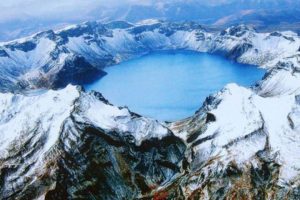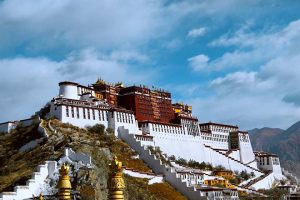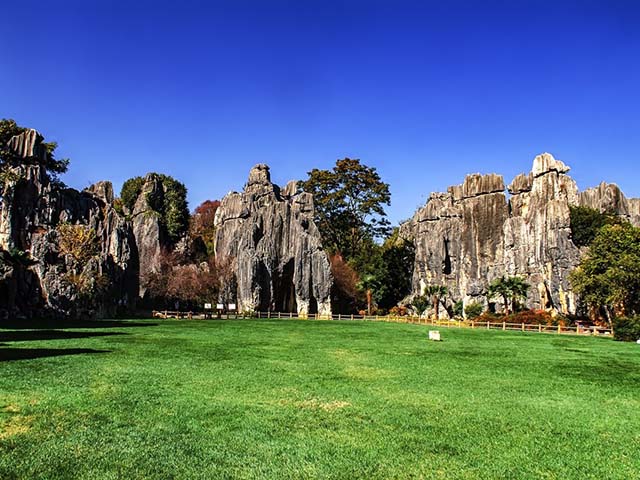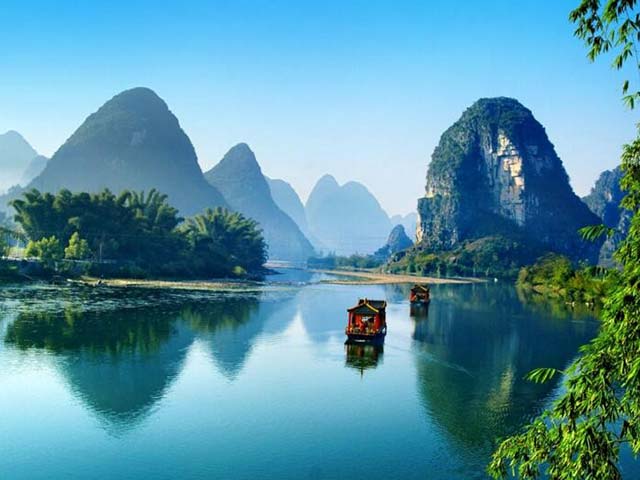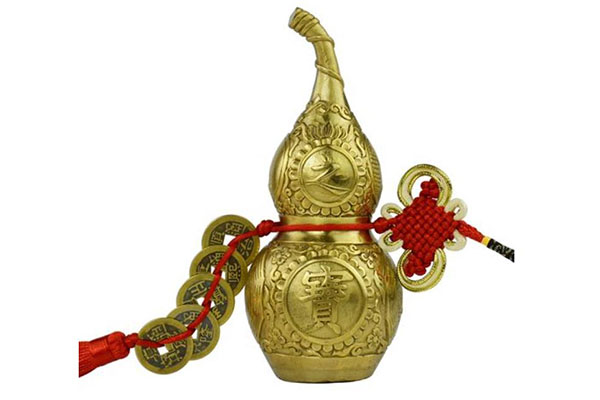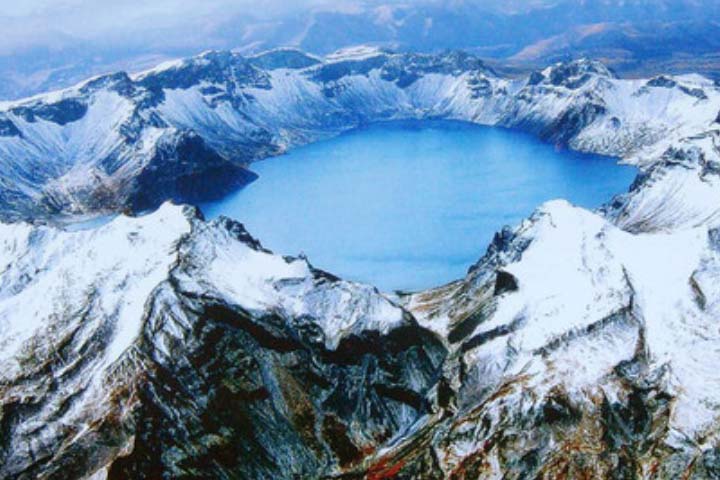Xishuangbanna, located in the southernmost part of Yunnan province in China, is a popular destination known for its diverse ethnic cultures, lush tropical forests, and beautiful landscapes. Whether you’re interested in exploring the local Dai and Hani villages, visiting the famous tropical botanical gardens, or just relaxing on the pristine beaches, there’s something for everyone in Xishuangbanna. But with so much to see and do, it can be hard to know when the best time to visit is. In this post, we’ll take a look at the different factors to consider when planning a trip to Xishuangbanna, including the climate, festivals and events, peak tourism seasons, and off-peak seasons.
Climate and Weather
Xishuangbanna has a tropical monsoon climate, which means it is generally warm and humid year-round. The average temperature in Xishuangbanna ranges from around 20°C (68°F) in the winter to around 28°C (82°F) in the summer. The area also receives a lot of precipitation, with the heaviest rain falling between May and October.
If you’re looking to avoid the heat and humidity, the best time to visit Xishuangbanna is from November to April. During this time, the weather is generally cooler and drier, making it more comfortable for sightseeing and outdoor activities. However, it’s important to keep in mind that the weather can be unpredictable, and you may still experience some rain and humidity even during the cooler months.
Festivals and Events
Xishuangbanna is home to a number of festivals and events throughout the year, many of which are based on the traditional customs and beliefs of the local ethnic groups. Some of the most popular festivals include:
- The Water-Splashing Festival, which is celebrated by the Dai people in April, is a lively and colorful festival that features traditional music and dance, as well as the ceremonial splashing of water to mark the beginning of the New Year.
- The Torch Festival, which is celebrated by the Yi people in June, is a lively and colorful festival that features traditional music and dance, as well as the lighting of large bamboo torches.
- The Sanduo Festival, which is celebrated by the Hani people in September, is a colorful and lively festival that features traditional music and dance, as well as the offering of sacrifices to the ancestors.
If you’re interested in experiencing one of these festivals, it’s best to plan your trip around the specific dates of the festival you’re interested in. Keep in mind, however, that the dates of these festivals can vary from year to year, so it’s important to check with local authorities or tourism bureau for the most up-to-date information.
Tourism Peak Seasons
Xishuangbanna is a popular tourist destination, and as such, it experiences a number of peak tourism seasons throughout the year. These peak seasons are generally characterized by higher prices, larger crowds, and more limited availability of accommodations and activities. Some of the main peak tourism seasons in Xishuangbanna include:
- The Chinese New Year holiday, which typically falls in late January or early February, is a popular time for Chinese tourists to travel, and as a result, prices and crowds are higher during this time.
- The summer months of July and August are also popular for tourists, as the weather is warm and sunny, making it ideal for outdoor activities.
If you’re planning to visit Xishuangbanna during a peak tourism season, it’s important to keep in mind that you may need to book your accommodations and activities well in advance, and be prepared for larger crowds and higher prices.
Off-Peak Seasons
If you’re looking to avoid the crowds and high prices of peak tourism seasons, consider visiting Xishuangbanna during an off-peak season. Some of the best times to visit during an off-peak season include:
- The shoulder seasons of spring and fall, which fall between peak tourism seasons, offer milder weather and fewer crowds, making it a great time to explore the area’s natural beauty and cultural attractions.
- The winter months of November to April, while it can be cooler and wetter, also offer fewer crowds, lower prices, and the chance to experience the local festivals and events.
Visiting Xishuangbanna during an off-peak season can offer a more authentic and less crowded experience, but it’s important to keep in mind that some activities and facilities may be closed or have limited hours during this time.
Conclusion
When it comes to deciding when to visit Xishuangbanna, there are many factors to consider, including the climate, festivals and events, peak tourism seasons, and off-peak seasons. Ultimately, the best time to visit will depend on your personal preferences and travel plans. If you’re looking for milder weather and fewer crowds, consider visiting during the shoulder seasons of spring and fall or the winter months. If you’re interested in experiencing one of the local festivals or events, plan your trip around the specific dates of the festival or event. And if you’re looking for the full Xishuangbanna experience, consider visiting during a peak tourism season, but be prepared for higher prices and larger crowds.
As always, it’s important to check with local authorities or tourism bureau for the most up-to-date information and to plan your trip accordingly. And don’t forget to bring your sunscreen and your sense of adventure!
